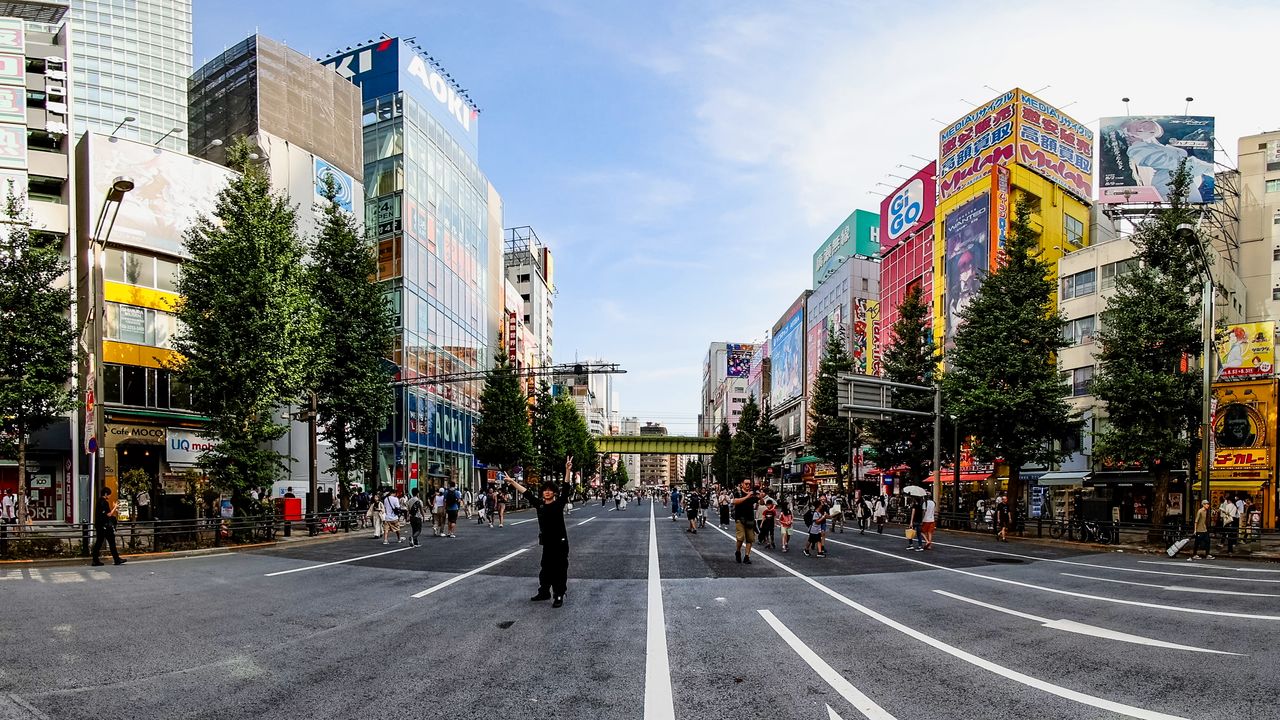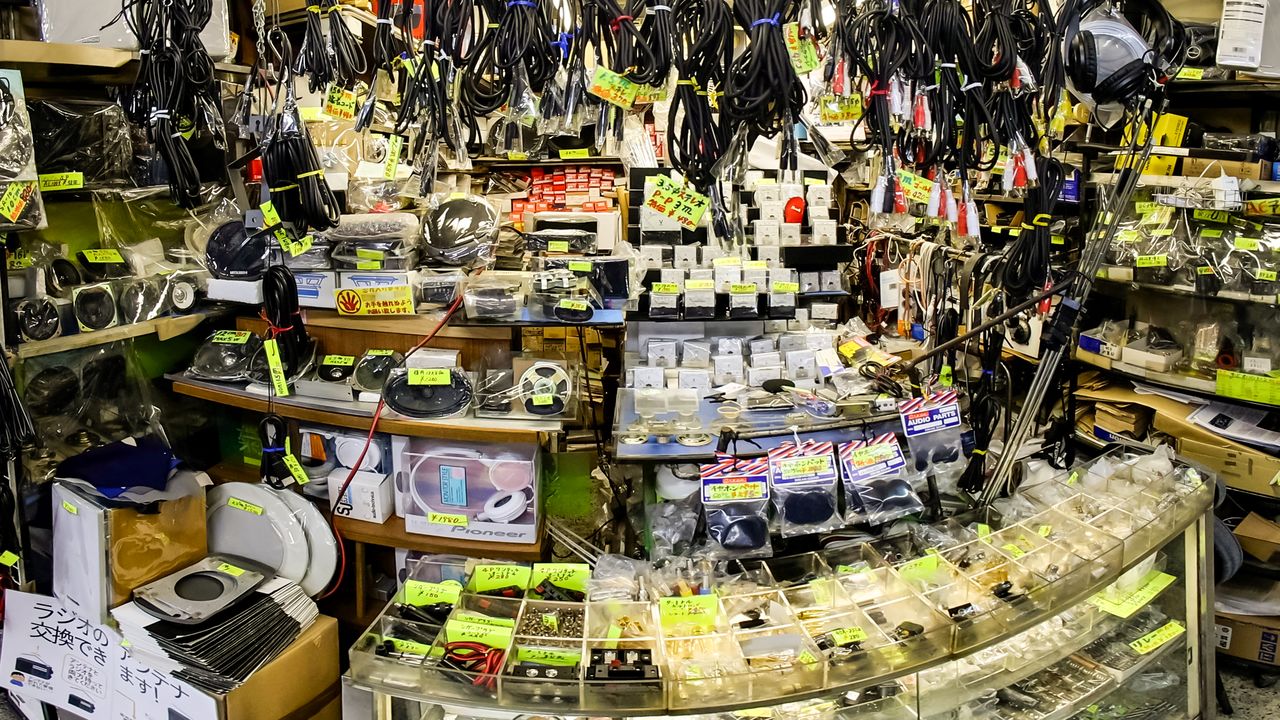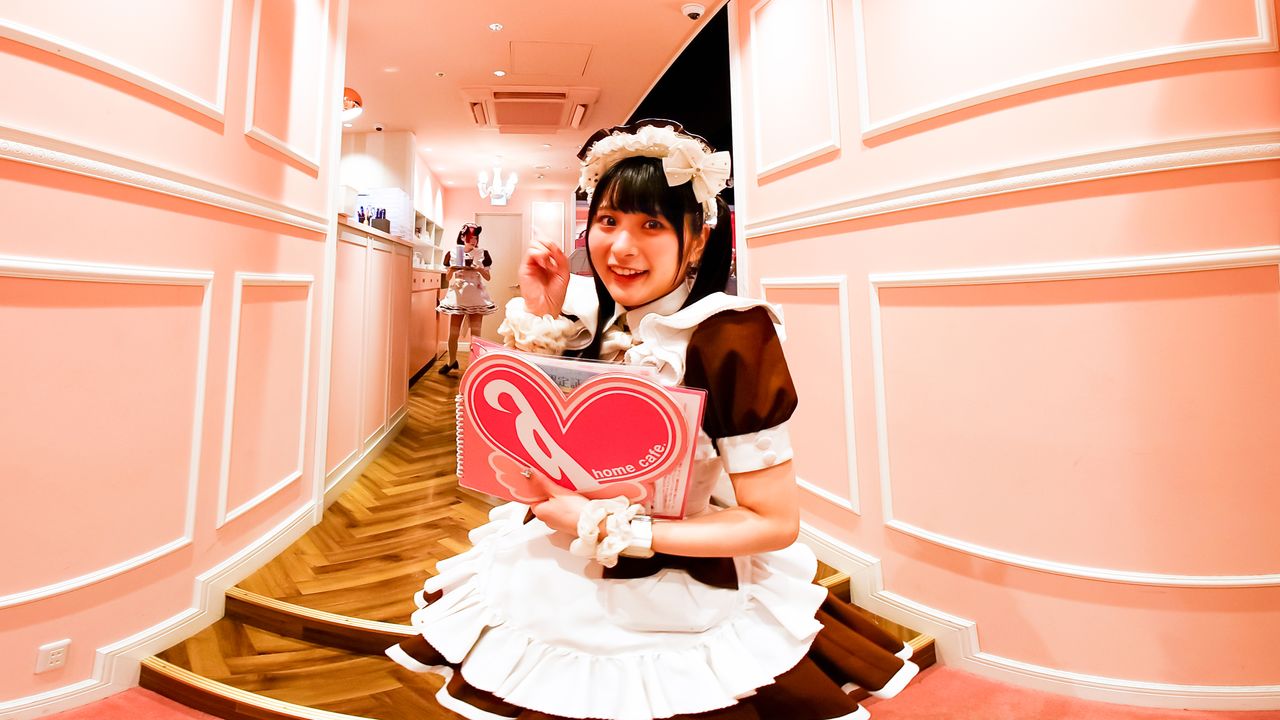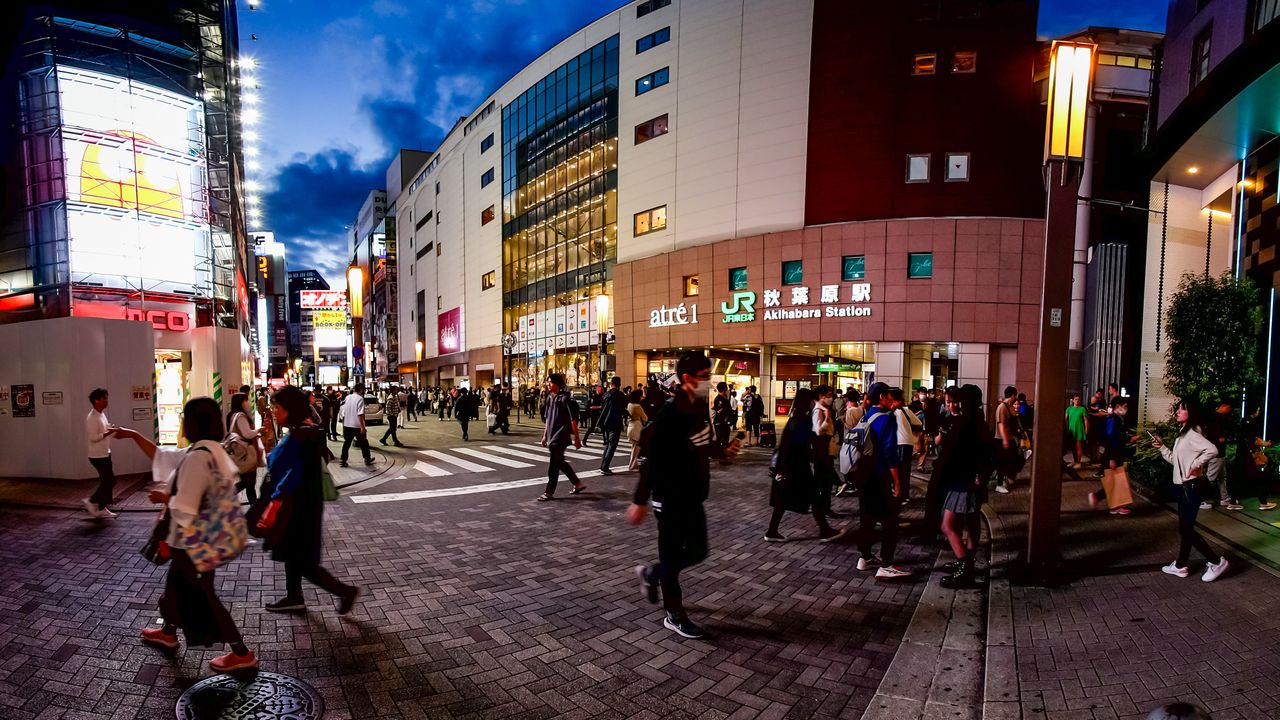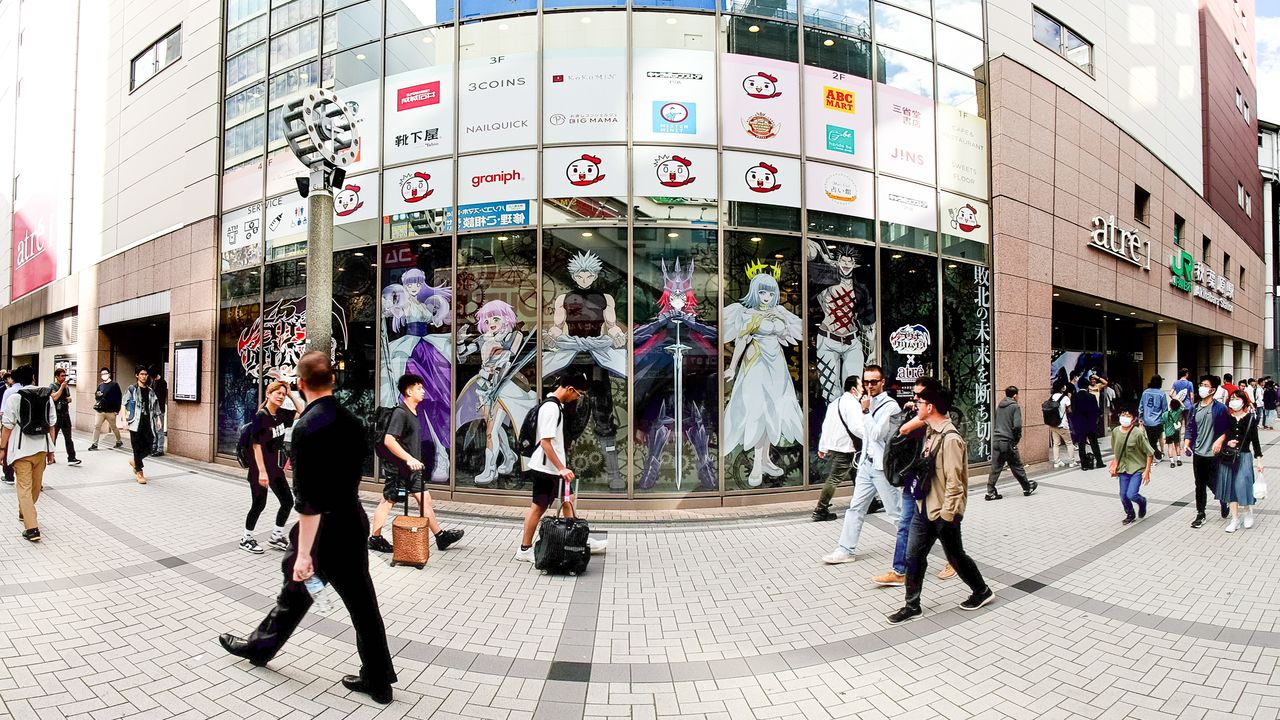
A VR Tour of Akihabara, the Pop Culture Hub of Japan
JapanIn video
Images Guide to Japan Entertainment- English
- 日本語
- 简体字
- 繁體字
- Français
- Español
- العربية
- Русский
◆Viewing the 180º video◆
- On PC, click and drag your mouse cursor to look around.
- In the YouTube app on your smartphone or tablet, the view changes with the movement of your device. You can also swipe to move the view around.
- Using VR goggles or headsets makes the experience all the more immersive!
From Home Appliances to “Cool Japan”
Say the word Akihabara and most people think of electronics. The district comprises only about a square kilometer on the west side of the JR Akihabara Station in Chiyoda, Tokyo. Yet this small neighborhood, officially within the boundaries of Taitō, is crammed packed with every imaginable type of electronics store, from massive home electronics retailers to tiny shops selling the kinds of electronics components sought after by the most zealous geeks.
Among the numerous shops offering anime, games, figurines, and goods associated with pop culture idols, the most eye-catching feature of Akihabara are the signs decorated with popular characters. Often referred to as “Akiba,” this hub of otaku culture has become a popular destination for tourists from all over the world.
Chūō-dōri is restricted to pedestrian traffic on Sundays. There are still shops in this electronics district that use terms like “radio” and “wireless” in their names.
Back in the early Meiji era (1868–1912), Akihabara was a cleared area of land designed to stop the spread of fires, as it was the site of the Akiba Shrine, devoted to fire protection. Based on the shrine name and the fact that the land was cleared (hara/harappa, or “empty plot of land” in Japanese), it was originally known as “Akibahara” or “Akibappara.” When the railway reached the area, the newly built station was originally called “Akiha-no-hara.” This was later changed to “Akihabara,” the name that eventually stuck. The nickname “Akiba” is most likely a nod to its original name.
The origin story of how Akihabara became an electronics hub starts with a few radio parts shops that opened up in front of the station during the prewar and wartime years. During Japan’s postwar period of rapid economic growth demand greatly increased for home appliances such as TVs and refrigerators, and this led to a rapid increase in the number of retail shops selling such products. In the 1980s, when goods that were “made in Japan” began to dominate markets throughout the world, travelers from around the globe came to Akihabara in search of bargains on its wide variety of low-priced consumer electronics. In response, the major retailers set up duty free counters in their stores. This same period of time saw the appearance of electronics component shops specializing in anime-related items, as well as junk shops featuring cannibalized parts.
In 1994 sales of computer-related goods surpassed the number of home electronics sales, and when Windows 95 hit the market the following year, Akihabara transformed itself into a “multimedia hub.” As the neighborhood became the premier purveyor of game software and home-built computers, shops offering the kinds of pop culture items favored by gamers and computer enthusiasts came to prominence.
Radio components on display in the Radio Center near the station. The shop still displays its wares as it has for decades.
Nowadays tourists come not only to shop but also to experience otaku culture. One of the most popular destinations are the maid cafes, which originated in Akihabara. Waitresses at these establishments dress in maid-like costumes that mimic those worn by popular anime characters and refer to customers as “m’lord” and “m’lady.”
One of the oldest and most popular, the At-Home Cafe, boasts a clientele that is 30% non-Japanese. One fast-rising offshoot of the maid cafe are the so-called “concept cafés,” whose female wait staff dress as princesses, male butlers, ninja, pop idols, and anthropomorphized cats. The 200 or so “concafé” shops in Akihabara provide a wide variety of imaginary worlds for the enjoyment of their clientele.
Otaku refer to their growing attachment to fantasy characters and their adventures as moe, literally “sprout” or “bud.” Akihabara began to be known as the “otaku hub” and the “moe hub” in 2005. That was when the novel Densha otoko (Train Man) was made into both a movie and a TV series, an event that brought the previously shadowy “Akiba otaku” into the spotlight. When the word moe was included in the top 10 picks in the 2005 words of the year, maids from the At-Home Café were on stage during the awards ceremony. And 2005 was also the year that AKB48, soon to become top-tier idols, made a theater in Akihabara their base of operations.
Chiaki-chan, a maid at At-Home Café, greets customers with “Welcome back, m’lord.”
In spite of its transition from “made in Japan” electric appliances to Cool Japan, the electronics hub that is Akihabara remains home to numerous junk shops that hark back to as early as the 1950s. The chaos of its mix of cutting-edge and retro is part of Akiba’s appeal. And now you can walk down its streets and experience its maid cafes through the magic of 180º virtual reality 3D technology.
Atré opened for business in the Akihabara Station building in 2010. Over the last decade or so the area has taken on an ultramodern look.
(Originally published in Japanese. All photos © Somese Naoto. Text by Nippon.com. Produced with cooperation from At-Home Café.)
